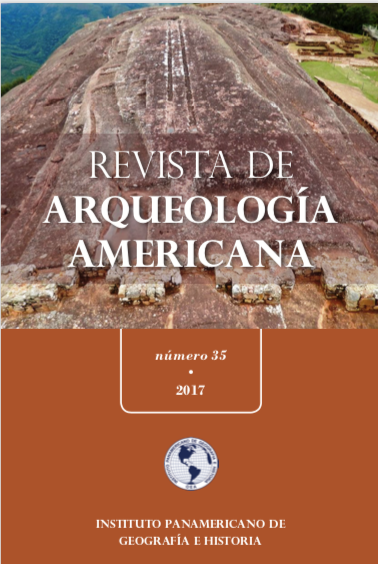Paleoenvironments and Archaeology: the Micropaleontological Perspective
Main Article Content
Abstract
What is paleoecology and how it can be used in archaeological sites is an important question to understand the environment-human relationship. From the beginning, humans have left their imprint on ancient and modern environments demonstrating the intrinsic relation between our activities and the milieu or, by contrast, how the environmental pressure has molded us over time. Archaeologists and geoarchaeologists have focused on comprehending
this relationship by reconstructing past environments to establish how we have interacted with our surroundings. Many tools have been designed to address the many problems found in archaeological sites. Geomorphology, soil sciences, dendrochronology, and especially, paleontology and micropaleontology are some of the most important resources available to us. The application of these sciences to understanding the evolution of an archaeological site and its surroundings is crucial to determine the link between us and the ecosystem, including living formsaround us. In this paper, I discuss the role that microscopic forms (microinvertebrates, pollen, diatoms, and other plant remains) play as factors of environmental change in response to either climate change or human impact and its geochronologic record.
Downloads
Article Details
-
Abstract1622
-
PDF (Español)862
